Kyoto: A Buddhist View (Part 1)
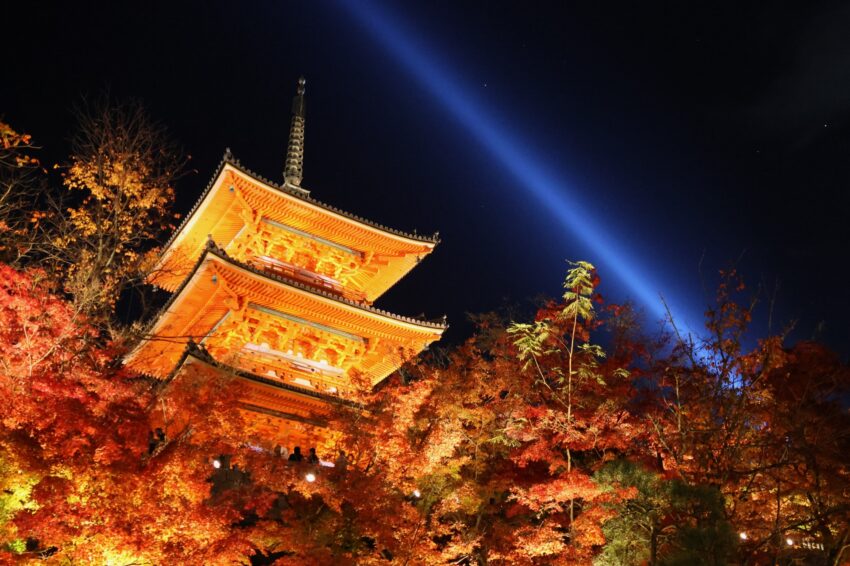
Top Photo: LeonardoYasuさん on PhotoAC
Over the next week, join author Nicholas Lemon for an insightful and unique look at two of Kyoto’s most popular sites from a western Buddhist’s perspective
Living as a foreign resident in Japan, I’ve always taken note whenever I visit a nearby bookstore’s English section, and the shelves of books on local and national tourism. Given the volumes and variety of cultural sites, I feel like writing about Japan really is just an oversaturated market.
But then it occurred to me that every experience is unique. And some people, no matter how many volumes they read, will always be eager to compare and contrast new and differing insights and perspectives. It helps that I have experience in tour guiding and living as a graduate student in Kyoto, so I think I could offer a fresh way to see the ancient capital and cultural heart of Japan. So, I invite you to come with me on my tour journal around Kyoto, using some of the photos I have taken and my own thoughts on the experiences.
But First: About the Author
Before we go, I should share some things about myself. For starters, I’m from the United States. I hail from Stetson University, DeLand, Florida where I received my BA in political science and international studies. I was also a graduate student at Doshisha University’s Graduate School of Global Studies in American and peace studies.
But that is not the extent to my educational background. I have taken various courses on the humanities, religious studies (including religions of the East), Western, Eastern, and Buddhist philosophy. Although, like many of my fellow Americans, I was nominally Christian in my early years, I’ve progressively taken to declaring myself a Buddhist. I dabbled with being an agnostic theist, and had a long, drawn-out phase defined by firm skepticism. Through the span of about six years, more and more I began to identify with a more ‘secular’ form of Buddhism.
I believe it is helpful for a speaker or guide to show which lens they view the world through in order to give a better understanding of their perspective. At times, I am surprised at myself when I admit I am a Buddhist to others. The title never really seems so important, but my worldview has changed so dramatically through my upbringing, and I think it also seems to contrast with other worldviews.
It’s funny really, because I always find myself discussing Buddhism among Japanese people, whether adults or the children I’ve guided on tours, even if it was unsolicited. My broken Japanese is the usual barrier to understanding. At which point I can tell the majority of people I speak to are in a hurry to find a way to tactfully end the conversation.
When fluent conversation is manageable, we inevitably hover around superficial discussion topics. This becomes really intriguing to me at times, especially when my Japanese interlocutor is unable to express the difference between a Shinto shrine and a Buddhist temple. And this is the mistake so many of us foreign Japanophiles make when coming to Japan.
We tend to think every Japanese person is going to know every bit of trivial knowledge we studied up on before arriving. But that just isn’t the case. And it is also ironic because being outspoken is just not a social virtue in Japan. So my ability to differentiate Shinto and Buddhist traditions is typically informed by reading books and literature available on site at the relevant point of interest. This is what I did in order to write this very article exploring the two most popular sites in Kyoto city: Kiyomizu-dera temple, and Kinkaku-ji temple. Anyways, enough about me- let’s move on to our first destination: Kiyomizu-dera temple.
Kiyomizu-dera: A Site for Syncretism
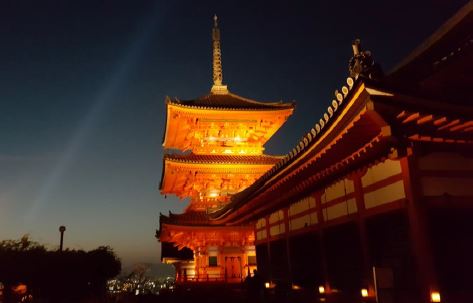
Photo: Kiyomizu-dera, Kyo-Dō sutra hall and Sanju no tō Pagoda, autumn illumination, (November 2016), Nicholas Lemon
Syncretism is the common religious or cultural practice of blending beliefs from different origins. Many who study Japanese culture will quickly come to realize that syncretism is pretty much found everywhere in Japan. So, it stands to reason many people find it hard to distinguish Buddhist temples from Shinto shrines.
Take Kyoto’s Kiyomizu-dera (清水寺, literally “Pure Water Temple”), which is possibly their most visited temple— this monastery was erected in the late Nara period (778 CE) as a hold for the Hossō sect of Buddhism seated upon the Otowa waterfall from which the temple gets its appellation. (Hossō has another designation to Westerner’s: Yogācāra, but I will refer to it as Hossō hereon for the sake of simplicity.)
Jishu-jinja (地主神社literally “Landlord Shrine” in the feudal sense) cohabits on Kiyomizu-dera’s premises. And this cohabitation is seldom understood. But upon numerous inquiries with locals I have been told that, even though no one knows the age of the shrine, it has been there since before Kiyomizu-dera, possibly adding to the notion that this region of the Higashiyama mountain range is sacred. Yet no one I know is able to confirm this hypothesis and this unknown factor gave me the urge to investigate for myself. I found some interesting details regarding a folkloric origin story.
The ambivalent or syncretic disposition towards Shintoism and Buddhism is so common in Japan that it is difficult to distinguish regional beliefs without having a deeper understanding of their origins. One example stems from Kiyomizu-dera herself. Being the nerd I am, I couldn’t help but wonder about the temple structures painted in white and vermillion red. They are colors we expect to see at Shinto sites, not necessarily Buddhist temples. Initially I thought these buildings, and those of Jishu-jinja were connected.
But I quickly understood that the buildings in question are actually Buddhist in purpose and origin. These structures include the Niō-mon (仁王門literally “benevolent kings’ gate” but rendered “Deva guardian gate”), the Sai-mon (西門literally “West gate”), the Sanju no tō (三重塔literally “three storied pagoda”), the Kyo-Dō (経堂literally “Sutra Hall”), and the Kaisan-dō (開山堂interpreted as “founder’s hall”).
No matter who I asked or where I looked, there is no satisfactory answer as to why these structures have come to resemble Shinto edifices rather than Buddhist ones. So the hunt continues…
Join us Next Week for the continuation here on MUSUBI!
Photo Credits:
Top Photo: LeonardoYasuさん on PhotoAC
Additional images provided by the original author (Nicholas Lemon), used with permission
All other content (text) created by the original author and © 2023 MUSUBI by Borderlink
RELATED
-
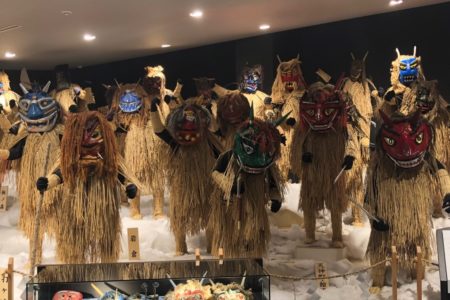
Hunting for Ogres: Akita’s Namahage
Do you want to experience more of traditional Japanese culture, but tea ceremonies and 4-hour plays aren’t you… -
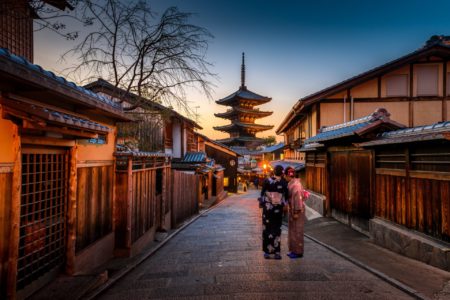
An Introduction to Kyoto
Top photo: Sorasak on Unsplash If you love all things Japan, then Kyoto is a must-see on your list of travel … -
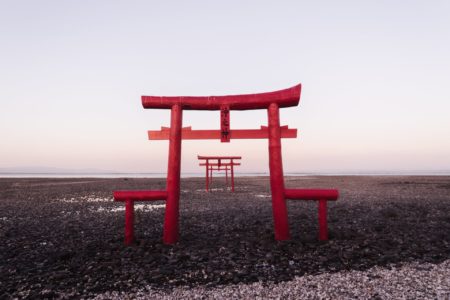
Four Japanese Philosophies For You
Top photo: Ryoji Iwata on Unsplash Japan is rich with philosophical ideas that come from Zen Buddhist philoso…
PEOPLE

Nicholas Lemon
From the USA
He has lived in Japan since 2016 as a full-time teacher, graduate student, and part-time tour guide in Kyoto for two years


